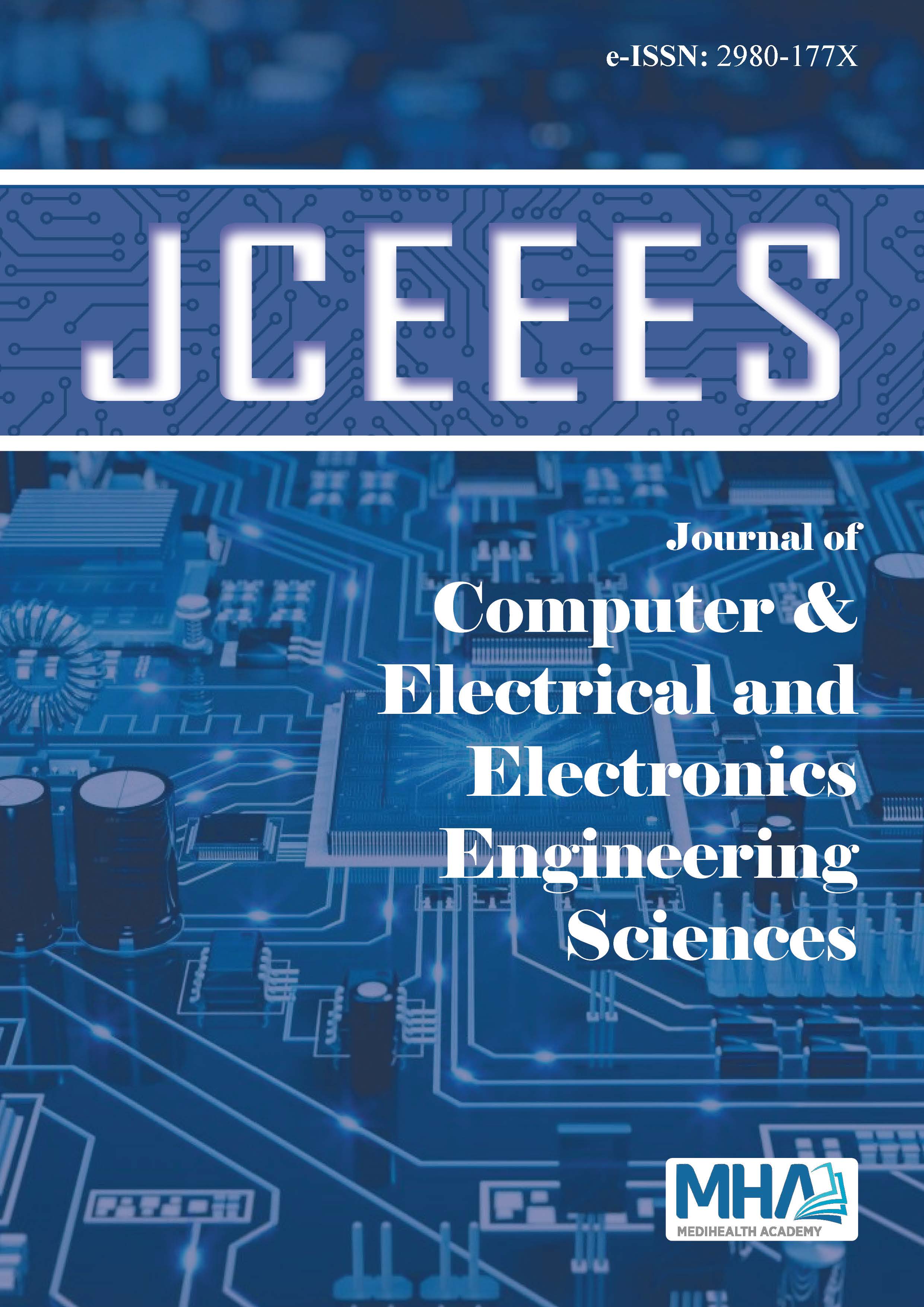1. Abir, S. M., Anwar, A., Choi, J., & Kayes, A. S. (2021). IOT-enabledSmart Energy Grid: Applications and challenges. IEEE Access, 9,50961-50981. https://doi.org/10.1109/access.2021.3067331
2. Bekiroğlu, E., & Daldal, N. (2009). Transformatör MerkezlerininGüvenlik Amaçlı Uzaktan İzlenmesi ve Otomasyonu. EngineeringSciences, 4(4), 459-470.
3. Chao, K.-H., Pu, W.-C., & Chen, H.-H. (2022). Development of a low-cost remote fault detection system for a photovoltaic power plant.Sustainability, 14(24), 16596. https://doi.org/10.3390/su142416596
4. Hussain, S., Bhadri, N., & Hussain, M. S. (2020). Advancementsin wireless communication. International Journal of Electronicsand Communication Engineering, 7(9), 1-4. https://doi.org/10.14445/23488549/ijece-v7i9p101
5. Ilic, M. D., & Zaborszky, J. (2004). Electric Power Systems Engineering.Encyclopedia of Energy, 267-287. https://doi.org/10.1016/b0-12-176480-x/00513-1
6. Nur, M. A., Sourov, M. H., Muhit , M. S., & Hossain, M. K. (2014).Fault Analysis and Electrical Protection of Distribution Transformers.Global Journal of Researches in Engineering, 14(3).
7. Nur, M. D. A., Islam, J., Mostofa , M. G., & Chowdhury, M. A. (2014).Transmission Line Fault Detection Using Android Application viaBluetooth. Global Journals of Research in Engineering ,14(8).
8. Ojo, T. P., Akinwumi, A. O., Ehiagwina, F. O., Ambali, J. M., &Olatinwo, I. S. (2022). Design and implementation of a GSM-basedmonitoring system for a distribution transformer. European Journalof Engineering and Technology Research, 7(2), 22-28. https://doi.org/10.24018/ejeng.2022.7.2.2733
9. Ortiz, G. A., Colome, D. G., & Quispe Puma, J. J. (2016). State estimationof power system based on SCADA and PMU Measurements. 2016 IEEEANDESCON. https://doi.org/10.1109/andescon.2016.7836221
10. Potorti, F., & Ferro, E. (2005). Bluetooth and Wi-Fi wireless protocols:a survey and a comparison. IEEE Wireless Communications ,12(1),12-26.
11. Rani, M. D., Pradeepa, J. J., & Shaby, S. M. (2016, April 06-08).Measurement and fault detection in intelligent wireless system usingwireless devices. 2016 International Conference on Communicationand Signal Processing (ICCSP). Melmaruvathur, India doi: 10.1109/ICCSP.2016.7754091.
12. Tan, H. G. R., Lee, C. H., & Mok, V. H. (2007). Automatic powermeter reading system using GSM network. 2007 International PowerEngineering Conference, Singapore.

